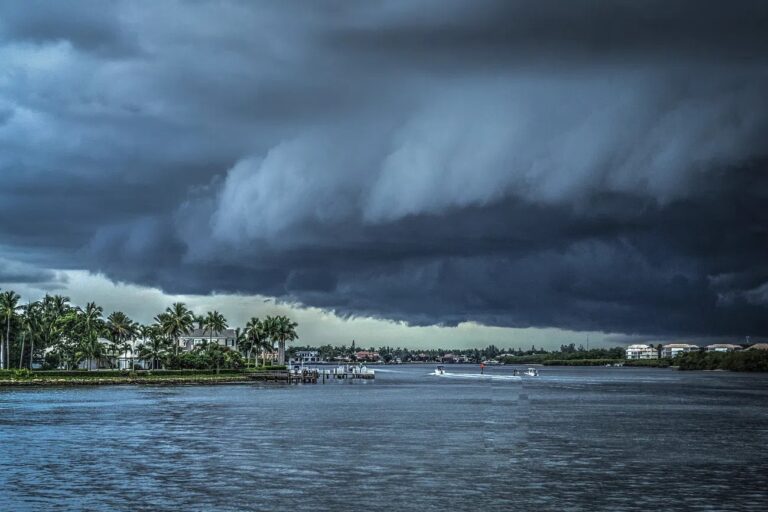The Caribbean Sea is known for its tropical and semi-tropical climate, where warmth and humidity reigns. Year-round the region’s climate is shaped by the trade winds, which blow consistently from the east or northeast, helping to temper the heat while offering a steady breeze that has long been favoured by sailors.
Dry Season (December to May)
The dry season, from December to May, is characterised by warm, sunny days and cool nights. The skies are mostly clear, rainfall is minimal, and temperatures hover around a comfortable 75°F to 85°F (24°C to 29°C). The sea remains warm, but the atmosphere feels lighter, the winds more reliable, and the danger of tropical storms subsides. This period sees consistent trade winds and minimal rainfall, providing ideal conditions for sailing.
Wet season (May to December)

This period sees an uptick in humidity, and with it, frequent, sometimes intense rainfall. While the downpours rarely last long, they can be fierce, particularly in the afternoons. Tropical storms and hurricanes are a significant feature of the Caribbean’s climate during this time.
Hurricanes
The official hurricane season in the Caribbean runs from 1 June to 30 November, but within that, there are variations. On rare occasions, hurricanes can occur as early as May. The hurricane season peaks between August and October.
These powerful systems develop over warm ocean waters, where sea temperatures soar to around 80°F (27°C) or higher in the summer months. These hurricanes move westward or northwestward, often gaining strength before barreling toward the islands, bringing destructive winds and heavy rain. The southern Caribbean islands, closer to South America, tend to be less affected by hurricanes, but they are not immune.